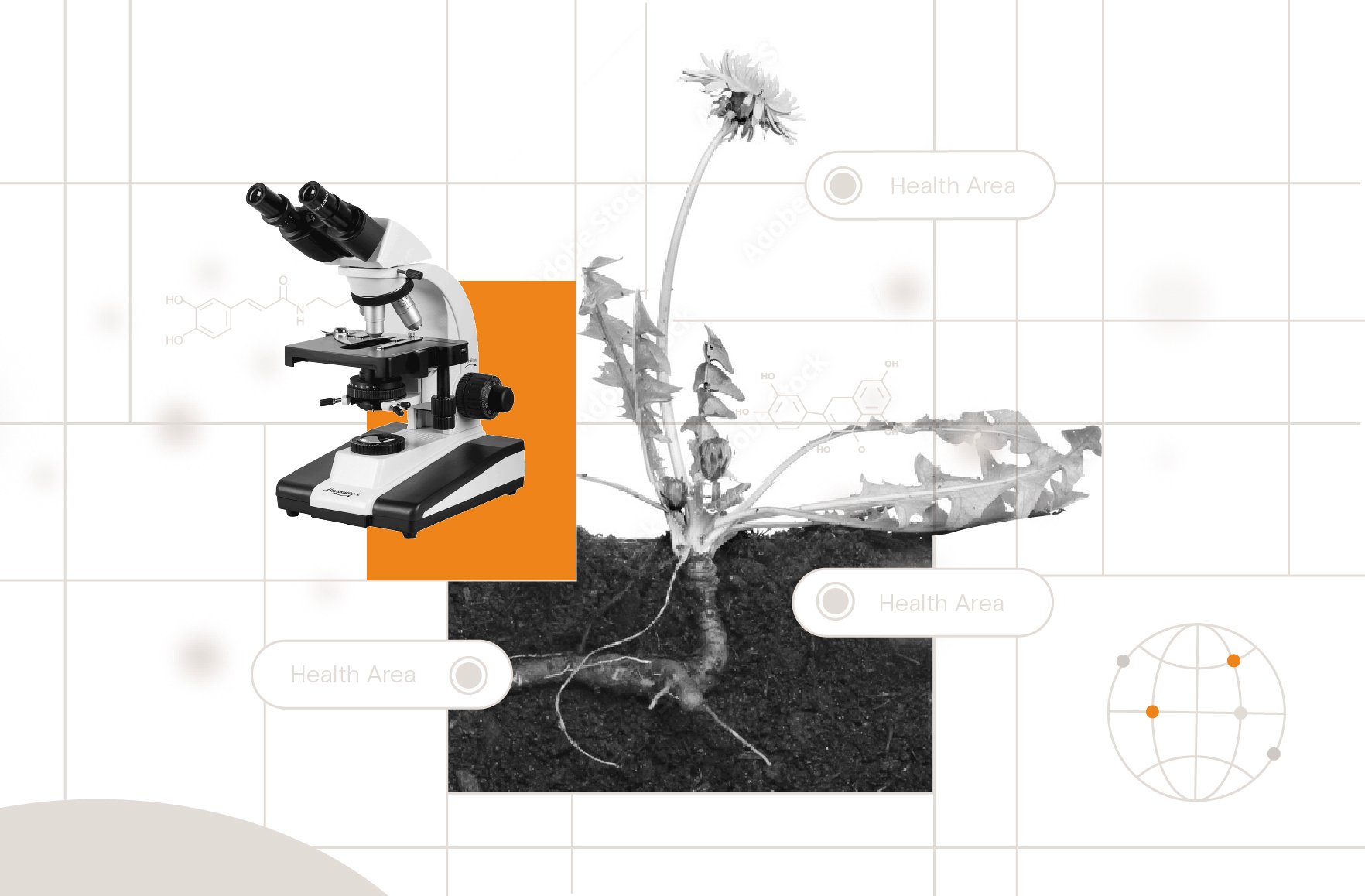December 20, 2022
Blog Post
Nature, the Creator of Bioactives

The best way to understand bioactives is to understand their purpose in plants. Why did plants evolve to develop these compounds?
Plants work efficiently: they grow each leaf to effectively capture sunlight so the plant can grow larger and support a flower and eventually a fruit for reproduction. These are functions of a plant’s primary metabolism, which uses photosynthesis and cellular respiration to help the plant effectively build itself using only water, sunlight, and air.
But since plants are immobile, they must also adapt when their environment changes. To enhance their odds of survival, plants create smaller compounds through their secondary metabolism, also known as secondary metabolites. Every action of a plant is meticulously designed to promote the plant’s long-term survival, including its color, fragrance, and hidden chemicals to ward off predators. These secondary metabolites are known as bioactives when they activate certain receptors in human bodies that are linked to health benefits.
Importantly, bioactives are different from food [1]. Compared to macromolecules needed to maintain human life like proteins, carbohydrates, and fats, bioactives are smaller molecules. To be considered bioactive, they also must affect human biology by modulating a health response. Unlike phytochemicals—such as chlorophyll—which are compounds produced by plants but not necessarily active in the human body, and phytonutrients—such as beta carotene—that are plant-based compounds linked to a broader health area, bioactives are specific in their power and impact. We can imagine a bioactive as a key that fits a particular molecular lock.
Plants create these compounds for all sorts of reasons. The key is to find their corresponding human receptor.
For example, plants create the colors that give them the best chance to survive and grow, like red and orange carotenoids, and blue, red, or purple anthocyanins. Research has shown that carotenoids provide the well-known bioactive lycopene, commonly found in tomatoes, which is a strong antioxidant that promotes good overall health [2]. Anthocyanins, meanwhile, are a type of flavonoid with antioxidant activity found in red grapes, raspberries, and strawberries [3]. When we consume these plants, their bioactive compounds trigger a cascade of biological benefits.
Plants also create internal chemicals to ward off predators. One of the most popular bioactives in the world, caffeine, found in coffee beans (Coffea arabica) and tea leaves (Camellia sinensis), was developed by these plants to make them unpalatable to insects. Caffeine is toxic to many insect predators because it disrupts their tiny metabolisms. But in humans, its ability to boost heart rates and provide physical energy has made it a crucial bioactive around the world.
And plants create smells. Since plants can’t move, fragrances attract a pollinator to a flower to spread pollen and ensure reproduction. We often think of common plant fragrances like roses or garlic, but there are far more smells that affect our biology. One class of fragrances, known as terpenes, is known to help prevent inflammation [4].
Understanding the purpose behind a plant’s secondary metabolites helps explain why some plant compounds have grown in popularity. Curcumin, a pigment found in the rhizomes of turmeric (Curcuma longa) is now one of the top 10 best-selling immunity-boosting ingredients worldwide, according to the American Botanical Council. The evergreen shrub Ashwagandha (Withania somnifera), commonly found in India and the Middle East, has been formulated into a popular supplement for stress relief. And Lemon Balm (Melissa officinalis) has been shown to promote restful sleep.
We’re not the first people to honor and leverage the power of plants. Ancient medicine cultures are rooted in the same sort of experimentation and repetition we use today. But modern tools now allow us to look deeper than ever before, accelerating the speed of research and dramatically increasing confidence in the results.
Brightseed’s Forager®, which combines molecular research with artificial intelligence and machine learning, is a superhighway of metabolic discovery. We’ve already utilized it to uncover thousands of potentially bioactive compounds and to predict where those compounds can be most impactful in supporting human health. Even though Forager has already identified more than 4 million compounds in nature to date, we believe there are still millions more left to identify.
____________________________
1 Balick, M. J., & Cox, P. A. (2020). Plants, people, and culture: The science of ethnobotany. Garland Science.
2 NIH, Office of Dietary Supplements. Federal Register Vol. 69 No. 179 FR Dec 04–20892, Sept. 16, 2004
3 Grabowska M , Wawrzyniak D , Rolle K , Chomczyński P , Oziewicz S , Jurga S , Barciszewski J . Let food be your medicine: nutraceutical properties of lycopene. Food Funct. 2019 Jun 19;10(6):3090-3102. doi: 10.1039/c9fo00580c. PMID: 31120074.
4 Séquin, Margareta. The Chemistry of Plants: Perfumes. Royal Society of Chemistry, 2021. Cox-Georgian D, Ramadoss N, Dona C, Basu C. Therapeutic and Medicinal Uses of Terpenes. Medicinal Plants. 2019;333-359. Published 2019 Nov 12. doi:10.1007/978-3-030-31269-5_15
